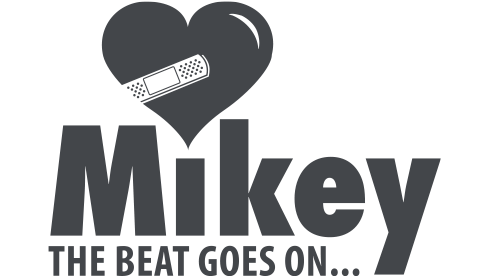
Exercising regularly can be one of the most beneficial things that you can do for your heart health. Performing physical activity helps you to live longer and allows your body to run and perform better in the long-term. It’s advised that everyone should be performing 150 minutes of exercise a week to maintain a heart-healthy lifestyle.
But after suffering a heart attack or a cardiac arrest it can be a daunting thought to begin exercising again. What’s safe to do? What should I focus on? Where do I start?
Although you may face these questions with uncertainty, the truth is that there is almost no disease that doesn’t benefit from exercise in some way. As such, you shouldn’t give up, sit around and do nothing. You should focus on ways that you can begin to strengthen your body and improve your overall heart function.
Benefits of regular exercise for the heart include:
- Strengthening your heart and cardiovascular system
- Improving your circulation and helping your body use oxygen better
- Improving your heart failure symptoms
Seek out a physician before you begin
Although we encourage you to exercise, we strongly recommend that before you do anything; you contact your physician to see what they recommend. They’ll understand your level of recovery and fitness level better than anyone else, and will be able to provide you with a detailed plan to begin exercising again.
Here are some questions that you should ask when you go to meet your doctor:
- How much exercise can I do?
- How often can I exercise?
- What types of exercises should I do?
- What activities should I avoid?
- Should I hire a personal trainer to exercise with me?
After you have met with your doctor, they may recommend that you should go through a rehabilitation program to teach you how to safely become more active. You can find a cardiac rehab program in any province at cardiachealth.ca.

General workout tips
- Focus on doing aerobic exercises when you begin working out again, rather than more complex movements like isometric exercises (pushups). Aerobic exercises are easier to perform and will help to make your heart stronger, while isometric could strain your muscles. Popular aerobic exercises include running, walking, and swimming.
- Look at the forecast before your workout to avoid humid or cold days. Cold weather can increase your blood pressure, interrupt blood flow to part of the heart and make blood clots more likely to form. Humid weather can tire you out much quicker and can interfere with your circulation. On days when the weather is too hot or cold, aim to workout inside instead.
- Make sure that you stay hydrated. It is important to drink water even before you feel thirsty, especially on hot days.
Starting to exercise
If your doctor has advised you that you’re all right to perform regular exercises instead of going to a rehabilitation center, we recommend that you slowly ease back into a workout routine. Everyone should perform 30 minutes of exercise a day, but it’s best if you go at a pace that you’re comfortable with; especially if you haven’t worked out in a long time.
Here is a simple workout that you can do anywhere.
Week 1 – 10-minute walk (Every second day)
Week 2 – 5-minute walk to warm up, a 10-minute walk, and 5-min cool-down.
Week 3 – 5-minute walk to warm up, a 15-minute walk, and 5-min cool-down.
Week 4 – 5-minute walk to warm up, a 20-minute walk, and 5-min cool-down.
Things to look out for
As you begin the transition back into exercising again, it’s important to remember to look for any symptoms of a heart attack during your workout. If you can, aim to workout with a partner for the first two months so that they can monitor you as you get back into the rhythm of going to the gym. While you workout both you and your partner should be conscious of:
- Any chest pain
- Weakness in your body
- Dizziness or lightheadedness
- Pressure or pain in your chest, neck, arm, jaw or shoulder, or any other symptoms that cause concern.
Exercising and making your way back towards a heart-healthy lifestyle will take time, so no matter what your results are initially; always aim to keep moving forward.













